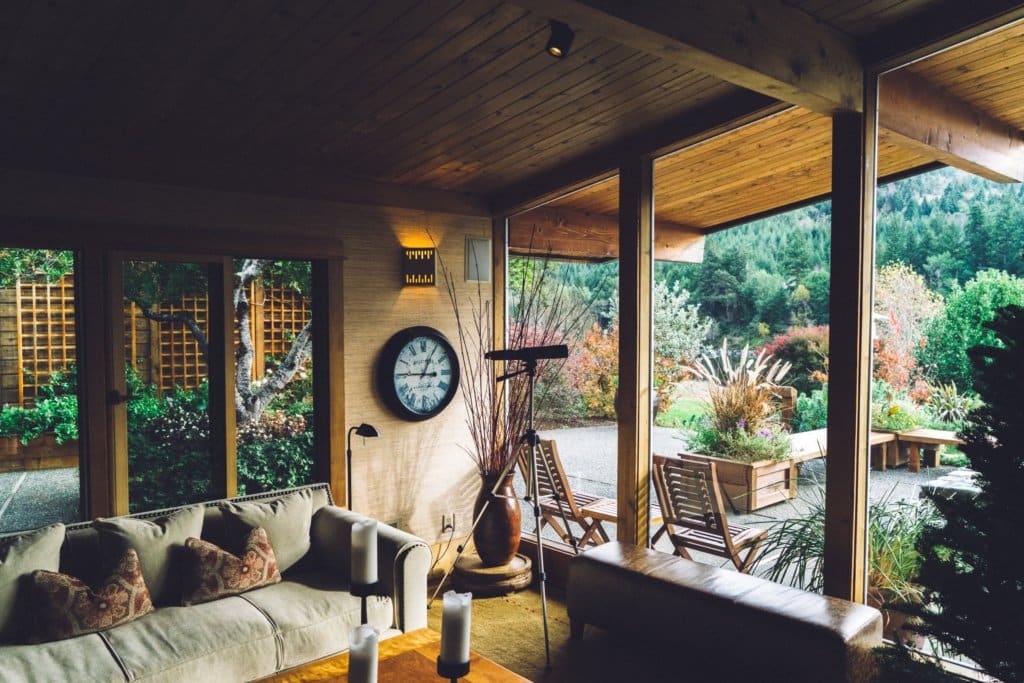Creating the “ideal” home is about much more than buying furniture and selecting colors for the walls.
For many of us, our home is an extension of ourselves and a crucial part of our identity. That’s why we do things like decorate the interior, grow gardens outside, or renovate rooms that may have suited someone else but don’t feel right to us.
We are willing to invest time and resources into creating our ideal home because it is central to our sense of self.
The importance of assembling a home that reflects our identity, coheres with our taste, and evokes feelings of pride and comfort is not new, but nothing reinforces it like being stuck inside for months on end.
In the era of Coronavirus, the desire among many to have a true home “sanctuary” has understandably become even stronger.
For retailers, becoming a staple in someone’s ideal home requires a new kind of customer experience — one that promotes individuality, caters to each shopper’s unique taste, and makes it easy to curate the perfect space.
Brands that get it right will enjoy the benefits of lifelong loyalty and greater customer satisfaction.

4 tips for empowering home decor shoppers to create their ideal space and boost lifelong loyalty
Here are four tips retailers can adopt to help connect customers with products that will contribute to their ideal homes — and elevate their brands.
1. Market beyond the product
Some home goods exist for utility, others for comfort, and others for decoration. Regardless of the product’s purpose, it is much more than that in the eyes of the customer.
To them, a product is a potential component of their home sanctuary. When assessing whether they want to buy it, they will imagine how it can fit into and enhance the atmosphere they are seeking to create.
When marketing your products, it’s important to do so with this in mind.

Instead of simply exhibiting the item, describing its features, and listing its price, ask yourself some guiding questions:
- What is the best way I can highlight this item’s value?
- What emotions might be associated with this item, and how can we play those up?
- What style or styles does this item fit into, and how can we showcase that?
- How can we demonstrate its versatility (or highlight the niche it belongs to)?
- What messaging best promotes how this item can contribute to one’s ideal home?
2. Offer on-point recommendations to inspire home decor shoppers
The most successful recommendations go beyond standard personalization tactics. To truly inspire home decor shoppers and drive them to action, you’ll have to do more than show them your brand’s most popular items.
Your recommendations should reflect their unique taste and current intention.
If your approach to personalization operates solely on demographical data or what items they’ve searched for already, you’re missing out on great potential to inspire.
With AI recommendation technology, you can automatically present new relevant products that correspond to a shopper’s style and intention without requiring them to perform additional searches.
Imagine you are searching for couches online. It would make sense for you to start seeing recommendations for couches of the same style, shape, or price. But beginning to imagine a brand’s products in the context of your ideal home will require more than this.
Recommendations that also show you pillows, coffee tables, end tables, bookshelves, and other objects that match the style you have shown interest in can help you assemble your home sanctuary within a single shopping experience.

3. Seize the power of Instagram inspiration
There are more than one billion active Instagram users every month, and 90% follow a business account. Among all users, 500 million use stories every day. The social media platform is exploding with content, giving rise to innumerable influencers with a broad range of styles and the potential for inspiration.
Retailers can seize that inspiration by making it even easier for users to purchase items they discovered on Instagram and other social media platforms. For example, camera search technology allows users to upload an image — which can be someone’s Instagram post — to their website, and instantly locate similar products to each item featured in the post.
This kind of technology helps users and brands overcome the limitations that exist with current options for purchasing on Instagram. For one thing, influencers don’t always include the “tap to shop” option, or even tag brands.
Often, products may be too expensive, or perhaps don’t ship to a specific user’s location. With camera search, these obstacles no longer exist.
When home decor shoppers look for inspiration for their ideal home, you can count on Instagram as being a primary source. Making sure you have the capability to turn inspiration into product discovery is essential to being part of this process.

4. Scale-up your clienteling services
Brick-and-mortar-stores should use all possible opportunities to introduce patrons to items that could fit their ideal homes. Floor layouts and displays represent one important aspect, but another crucial one is omnichannel product discovery.
Tools that bridge online discoverability with offline buying can increase sales dramatically while providing a more engaging and satisfactory customer experience.
For example, digital clienteling services within stores allow shoppers to upload an image of an item they want or browse the feeds of brand influencers for inspiration, then buy similar products in the store.
This makes it much easier for home decor shoppers who don’t know how to describe what they’re looking for, or need to get some inspiration in one direction over another.
By equipping your in-store shoppers with these tools, you’ll have access to far more sources of inspiration and discoverability than you could possibly fit within your four walls.

Personal connections are long-term connections
The process of assembling one’s ideal home is a personal process. Once your brand becomes part of an individual’s ideal home, it is also, by extension, a small part of their identity.
By emphasizing each customer’s individual taste and preferences throughout your interactions, you’ll be in a position to provide more accurate recommendations, pave the road from inspiration to purchase, and establish long-term customer loyalty.